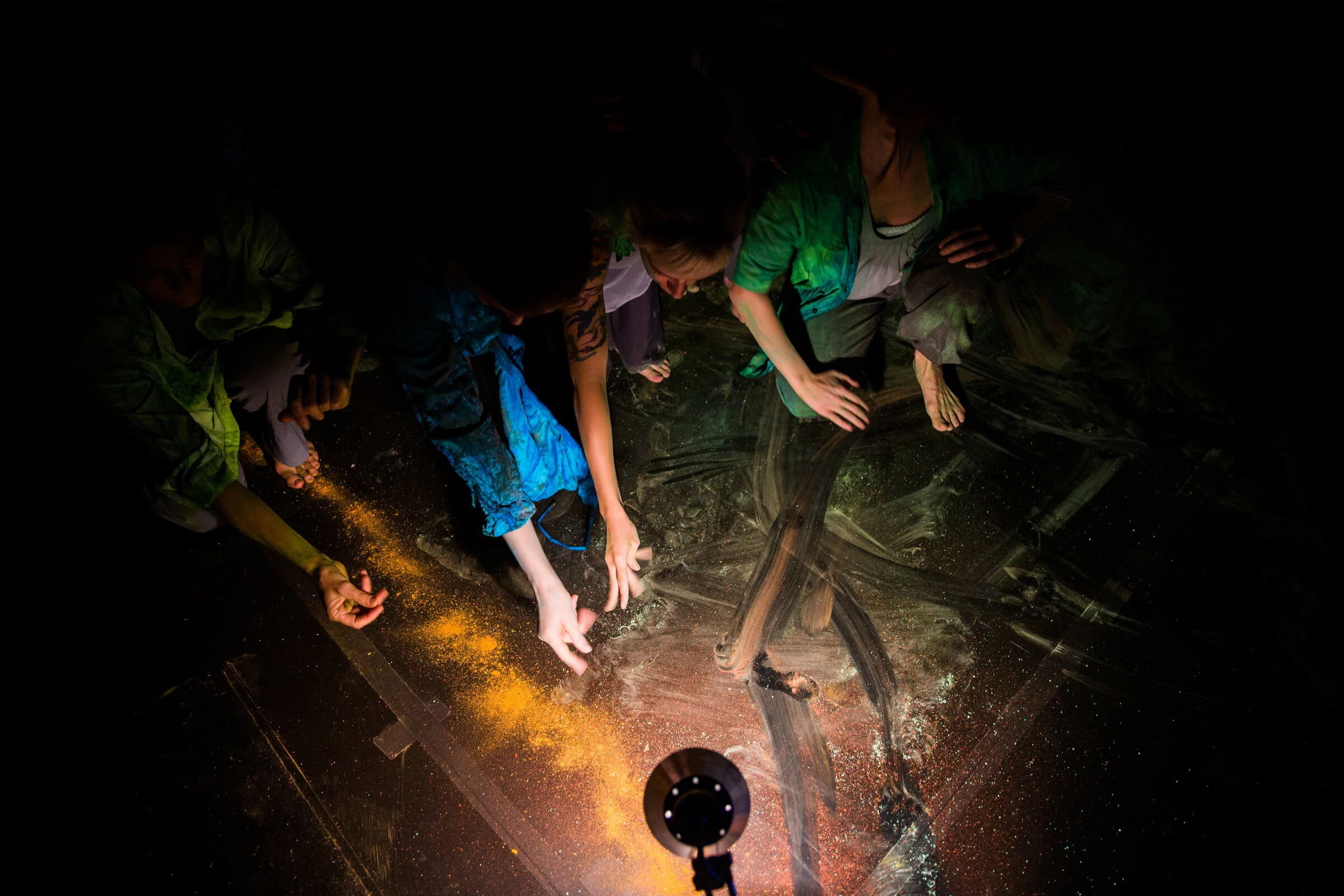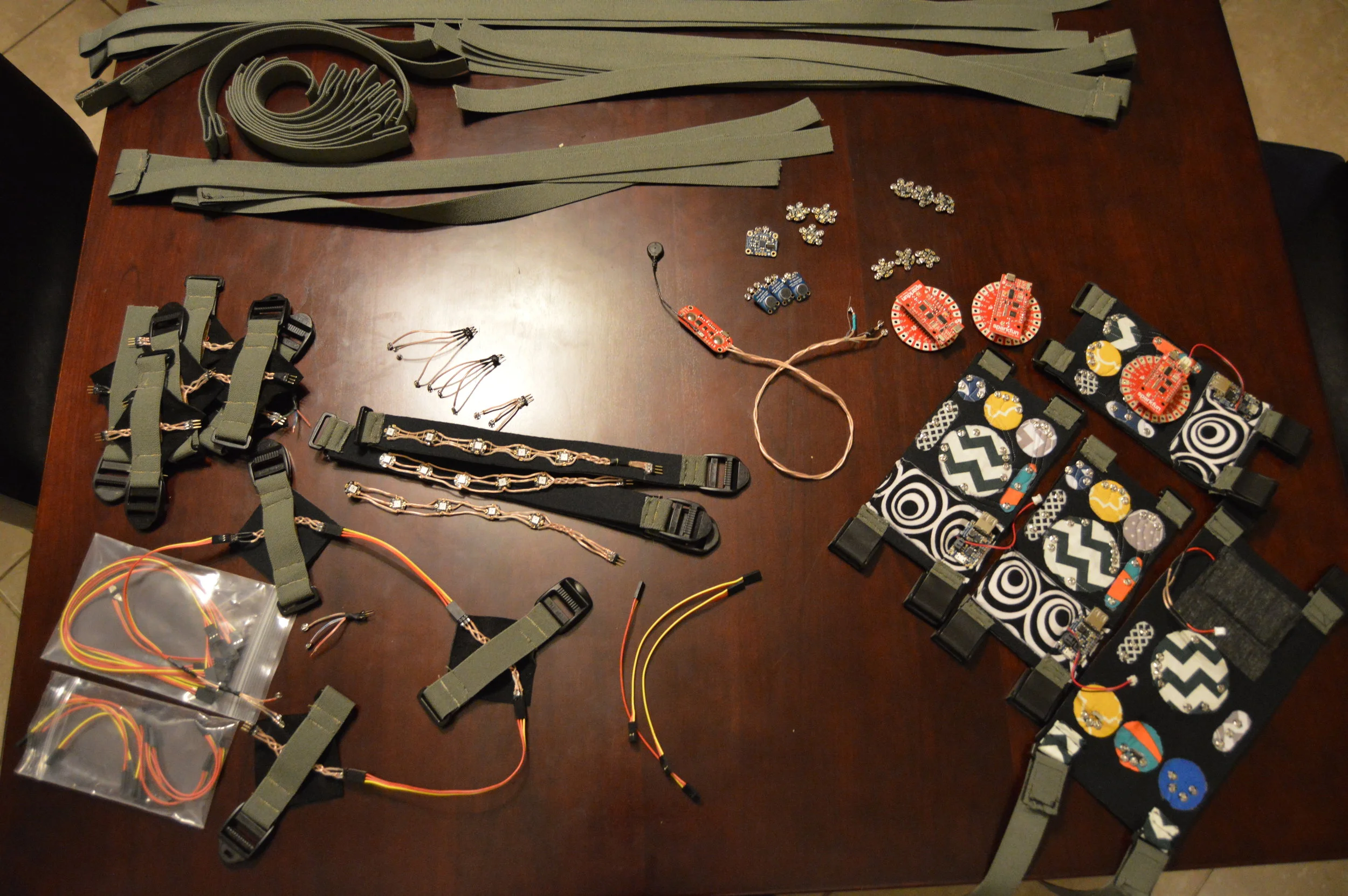Critical Study of Computing research involving dance
Screenshot of corpus dataset.
Literature review—ACM digital Library
This research project is a systematic mapping study (SMS) of computing research involving the dance field with a particular focus on research involving dancers. It utilizes the SMS procedure to provide an analysis of published computing research involving dance. The purpose of the study is to present the first comprehensive overview of computing research involving dancers in support of defining key gaps and trends within existing research. As such, the research serves to augment existing research engaging and studying dance activity within computing research by identifying possible areas for additional, targeted research and reporting recommendations for how that research may be conducted. The SMS publication corpus was extracted from the Association of Computing Machinery (ACM) Digital Library and includes 135 papers returned in a database query using the general keyword search term “dancer.” All papers were read and processed using a data extraction form created to analyze how dancers are involved in computing research. Corresponding corpus analysis provides an overview of emergent trends found within the data, and the paper’s discussion offers suggestions for continued research and more targeted study.
opening remarks @ SloMoCo 2021
Publications:
Jessica Rajko. “ACM DL Corpus Dataset: A Systematic Mapping Study on Computing Research Involving Dance” Harvard Dataverse, V1. 2021. https://doi.org/10.7910/DVN/RPURHV
Jessica Rajko. “Techno-Neoliberalism’s Body: Dance(r) Labour in Computing Research and Race as Always Already Additive” Proceedings of the Politics of the Machine Berlin 2021 Rogue Research Conference in the Decolonizing the Machine Track. British Computer Society. 2022. (Forthcoming June 2022)
Jessica Rajko. “Geocultural Precarities in Canonizing Computing Research Involving Dance.” Proceedings of the 8th International Conference on Movement Computing. ACM Press. 2022. (Forthcoming June 2022)
Presentations:
2021. “(In)Visible Labor: Understanding Roles and Responsibilities in Dance and Computing.” Modes of Capture Symposium 2021 | Decolonising structures, thinking and embodiment, hosted by the Irish World Academy, University of Limerick, Liz Roche Company & Dublin Dance Festival
2021. “(In)Visible Labor: Understanding Roles and Responsibilities in Dance and Computing.” Opening remarks for SloMoCo, the International Conference on Movement and Computing’s extended 2021 conference
2021. “(In)Visible Labor: Understanding Roles and Responsibilities in Dance and Computing.” Invited speaker for the Arizona State University, School of Arts, Media, and Engineering’s Digital Culture Speaker Series; presentation
2019. “Knowledge (Mis)Interpretations: Dance in Computational Research,” Preformed Paper Panel, Dance Studies Association Conference, Evanston, IL
2018. “Haunted Databases: searching for dancers in the HCI archives,” Dance Studies Association Conference, Valetta, Malta
The Provocations Project
The Provocations Project involves a series of open calls for provocations meant to spur dialogue regarding differences that have come to matter within and between cultures of research in the arts, humanities, and sciences. Once launched, these calls remain open indefinitely, inviting contributions on a rolling basis to iteratively (re)configure the contours of emergent discourse. All provocations are posted online, and everyone who submits a provocation is invited to join in conversation with other provocateurs through our online community, as well as curated video conversations and roundtable discussions.
Spanning its multiple iterations since 2018, the Provocations Project aims to hold space for generative exchange around novel and systemic conditions that affect cross-disciplinary and collaborative practices. The project is not specific to any one discipline, topic, or community, and yet each question posed as part of the project becomes situated through its resonance in a particular context.
presentations:
Co-Creator: “Provocations @ SloMoCo” SloMoCo—The International Conference on Movement and Computing’s durational conference, Online (2021)
Co-Creator and Panel Facilitator: “What Aspects of Your Practice/Research Are Invisible to Your Collaborators?” 6th International Conference on Movement and Computing, Arizona State University, Tempe, AZ (2019)
Panel Review—https://www.bstjournal.com/article/id/6903/
Kelly Rae Bowker. “6th International Conference on Motion and Computing." Body, Space & Technology 19.1, 2020.
Selected Panelist Participant: “What Escapes Computation in Interactive Performance?” 5th International Conference on Movement and Computing, University of Genoa, Genoa, Italy (2018)
Dance and computing studies
https://www.dancecomputingstudies.org/
Dance Computing Studies (DCS) is an emerging field and international community of artists/scholars concerned with the ethical and aesthetic dimensions of movement analysis and representation across disciplines. DCS was founded by Jessica Rajko, Teoma Naccarato, and John MacCallum in 2020.
For more information about DCS and related projects: https://www.dancecomputingstudies.org/















